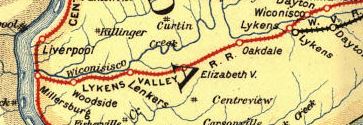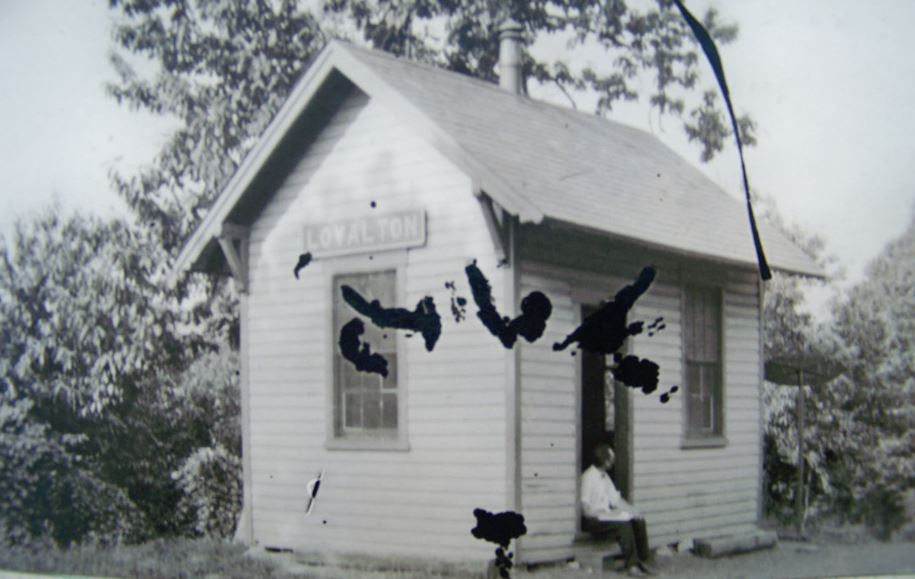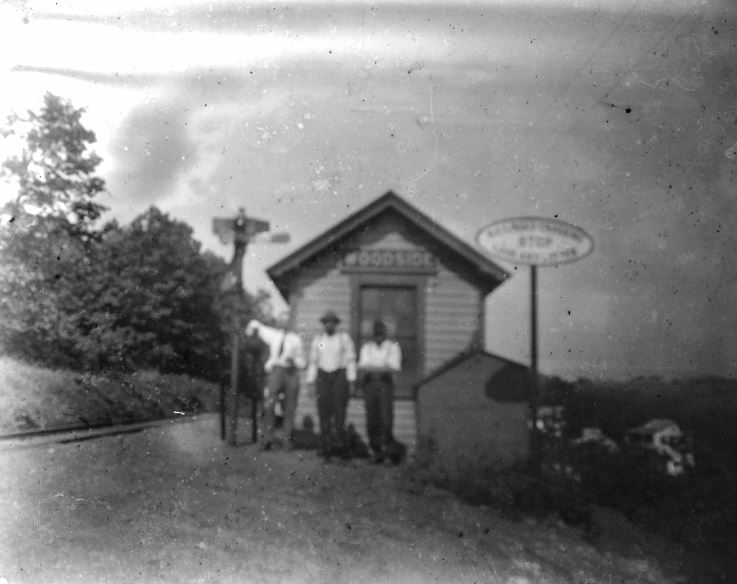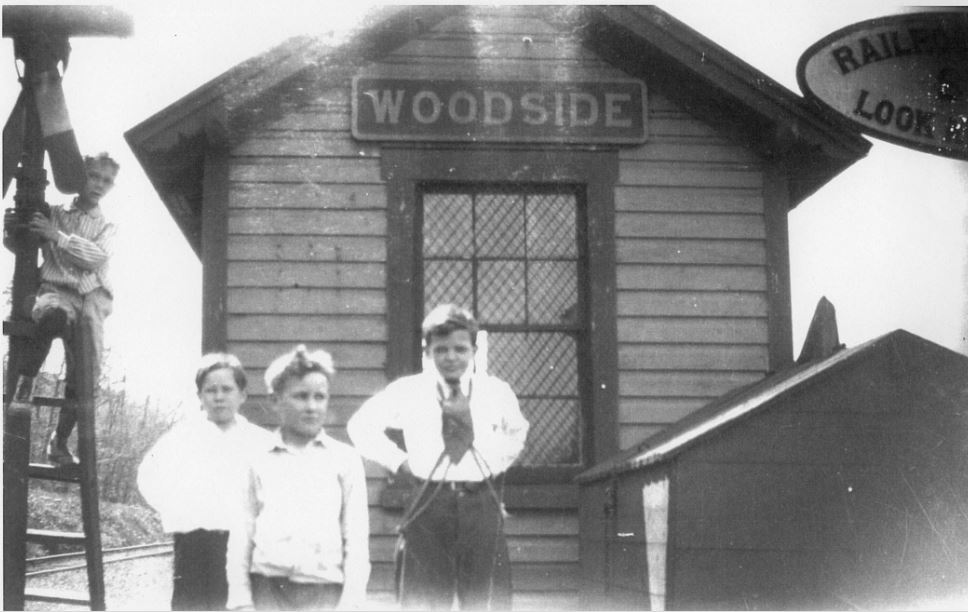Smaller Civil War Railroad Stations En Route on the Lykens Valley Railroad
Posted By Norman Gasbarro on April 18, 2016
Other than the main railroad stations on the Lykens Valley Railroad at Lykens Borough, Elizabethville, and Millersburg (Lenkerville), there were at least three other smaller stations en route. Previously on this blog, a post featured the Oak Dale Station and the Civil War. As mentioned in that post, the stop at Oak Dale later became Loyalton. There were at least two other known stops which, according to information found in the Interstate Commerce Commission files, had small railroad buildings. The photographs of these buildings in the files all were taken around the time of World War I and it is not known if those building were from the Civil War era. They will be pictured in this post, in the hopes that a rail enthusiast can determine their age and report it here in a comment added to this post or by sending an e-mail to the Project.
None of these buildings have survived to the present, but the exact location of the Oakdale, Lenkers and Woodside buildings has been determined as follows:
A Google search for Woodside in Dauphin County produced the following result: Roadside Thoughts. Also: Dauphin County Railroad Stations. “This depot was on the east side of Woodside Station Road on the south side of the tracks at approximately GPS: 40.532202, -76.910003.”
A Google search for Lenkers in Dauphin County produced the following result for “Lenker”: Dauphin County Railroad Stations. “This station was on the east side of Lenker Station/Mohr Road on the south side of the tracks at approximately GPS: 40.537569, -76.864172.”
The Oakdale Station, according to the Dauphin County Railroad Stations site, “was on the east side of Oakdale Station Road on the north side of the tracks at approximately GPS: 40.556024, -76.759528.”
A map on the Dauphin County Railroad Stations site shows the location of the stations en route on the Lykens Valley Railroad:
Traveling West from Lykens, the first station is Oak Dale (or Oakdale), followed by Elizabethville. Then follows Lenkers and Woodside, and the railroad merges with the Northern Central Railroad at Millersburg (Lenkerville).
——————————
Oak Dale (Loyalton)
The above damaged photo is from the Interstate Commerce Commission files of 1916. The role of the individual sitting in the doorway is unknown.
The above standard picture has been around for a while and the owner of the original is unknown. A few years ago, free copies could be obtained at the restored Lykens station in Lykens Borough.
The above picture of passengers at the Loyalton station is rare – and the original, taken with a box camera, is in a family collection. William Dietrich (1896-1977) of Specktown Road, Lykens Township, his wife Helen (1895-1977), and children Harold and Kathryn are shown either waiting for a train or just arriving in Loyalton. The picture can be dated with the ages of the children: Harold was born in 1919 and Kathryn in 1915. During World War I the Dietrich family lived in Harrisburg where William worked in the steel mills. In 1919, Helen’s grandmother, Hannah [Rickert] Riegle died. Her “sale” took place in 1920 and William & Helen purchased Hannah’s home and 6 acre farm in Lykens Township. Hannah was the Civil War widow of Harrison Riegle who served in the 103rd Pennsylvania Infantry.
———————————-
Lenkers
One of the only known photos of the Lenkers Station is from the Interstate Commerce Commission files of 1916.
———————————–
Woodside
The blurred photo (above) shows a wide view of the Woodside Station and three men, probably workers, and the single track line heading East past the station.
And, the final photo shows four boys, possibly workers at the Woodside Station. Can anyone identify the contraption on the boy to the right who is standing in front of the window? The boy on the ladder appears to be changing the signaling device.
————————————
All of the three station buildings were built in the same style and have a small tool shed on the right side of the building. The photographs were all taken at a time when the Pennsylvania Railroad operated the line and the town signs are in the Pennsylvania Railroad style (maroon with gold lettering).
——————————–
Comments are always welcome!
 ;
;









Comments